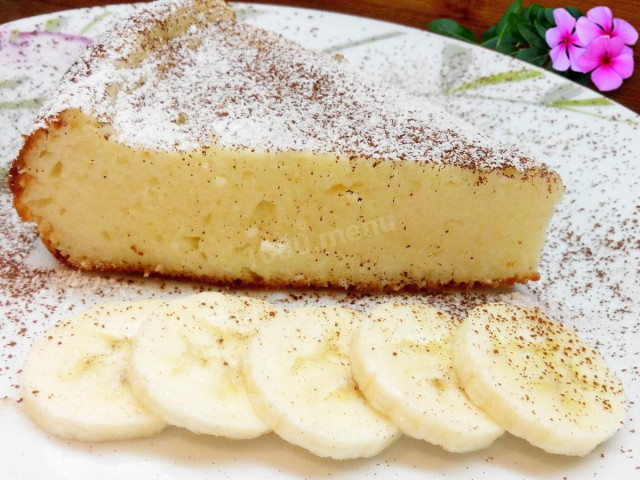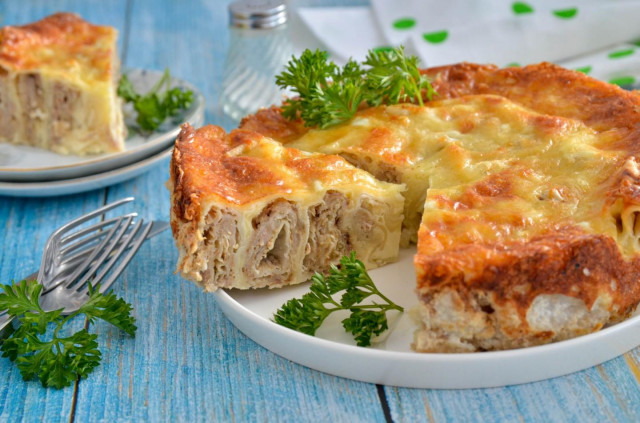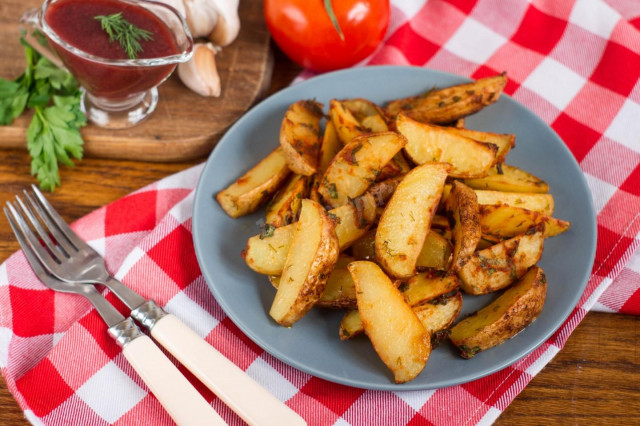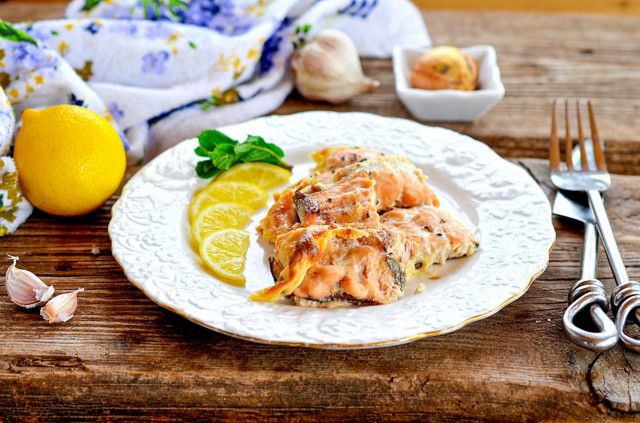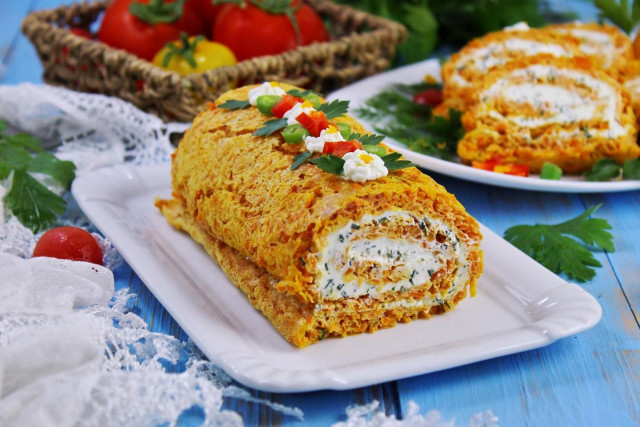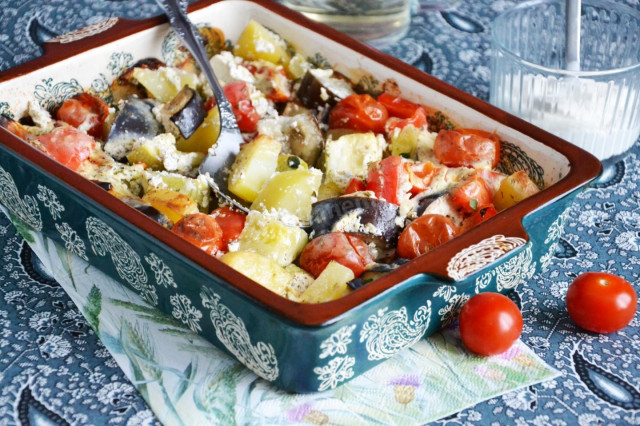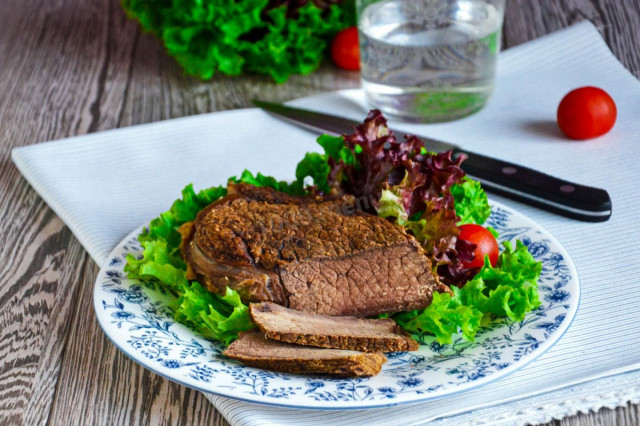Composition / ingredients
Cooking method
How to make a curd casserole with rice flour in the oven?
1.Turn on the oven at 180-200 degrees Celsius, depending on the power of the oven and the selected baking mode.
2. Cottage cheese for this casserole can be taken of any fat content. The main thing is that it should be fresh and crumbly. To make the casserole a more tender and homogeneous structure, it is desirable to grind the cottage cheese for it through a sieve. Or beat it with a blender until smooth.
3. After the cottage cheese has become a more homogeneous structure, it is necessary to add sugar to it. Sugar can be put a little more or, conversely, less than indicated in the recipe. It all depends on individual taste preferences.
4. Add vanilla sugar to the cottage cheese (you can replace it with vanilla or vanilla extract) so that the casserole gets a pleasant aroma.
5. Break the chicken eggs separately into a clean container and beat them with a mixer or a hand whisk to a fluffy foam. Pour the beaten eggs into a bowl with cottage cheese. Mix well.
6. Pre-sift the finely ground rice flour into a separate dry container to break up all possible lumps. Then pour the sifted rice flour into a bowl with the curd mixture and mix all the ingredients together thoroughly.
7. Grease the bottom and sides of a baking dish of a suitable size with butter so that the casserole does not stick to the walls of the dishes and it can be easily removed. Cut the rest of the butter into thin plates and place evenly on top of the curd mass. The oil will melt during the baking process and an appetizing crispy crust will form on the surface of the casserole.
8. Put the casserole in the preheated oven for about 40 minutes until fully cooked.
After the casserole is covered with a golden crust on top, remove it from the oven and cool.
Serve a curd casserole made of rice flour with sour cream, melted chocolate, homemade jam or with fresh berries. You can decorate the casserole by sprinkling it with powdered sugar and / or cocoa.
Bon appetit!
Important! In order for the curd dough or filling to be successful, it is important to carefully consider the choice of cottage cheese. A low-quality product can spoil baking, as it directly affects the consistency, taste and final result. How to choose the right cottage cheese for dough or filling read in this article .
How to bake a lush and tender casserole? Do not expect the same increase in volume from the curd mass, as, for example, in a yeast cake or sponge cake. The splendor of the curd casserole directly depends on the size of the chosen shape: the smaller the shape and the higher the sides, the higher the layer of curd mass for baking will turn out, which means the finished casserole will be higher.
Keep in mind that everyone's ovens are different. The temperature and cooking time may differ from those specified in the recipe. To make any baked dish successful, use useful information about the features of ovens !
Caloric content of the products possible in the composition of the dish
- Cottage cheese of 40% fat content - 466 kcal/100g
- Cottage cheese of 20% fat content - 233 kcal/100g
- Cottage cheese of 18% fat content - 226 kcal/100g
- Cottage cheese of 10% fat content - 156 kcal/100g
- Low-fat cottage cheese - 75 kcal/100g
- Cottage cheese with sour cream - 260 kcal/100g
- Fruit cottage cheese - 147 kcal/100g
- Soft dietary cottage cheese - 170 kcal/100g
- Cottage cheese "vitalinia" - 64 kcal/100g
- Cottage cheese "morning" ( "danone") without sugar - 91 kcal/100g
- Cottage cheese - 156 kcal/100g
- Granulated sugar - 398 kcal/100g
- Sugar - 398 kcal/100g
- Butter 82% - 734 kcal/100g
- Amateur unsalted butter - 709 kcal/100g
- Unsalted peasant butter - 661 kcal/100g
- Peasant salted butter - 652 kcal/100g
- Melted butter - 869 kcal/100g
- Vanilla sugar - 379 kcal/100g
- Chicken egg - 80 kcal/100g
- Rice flour - 356 kcal/100g

